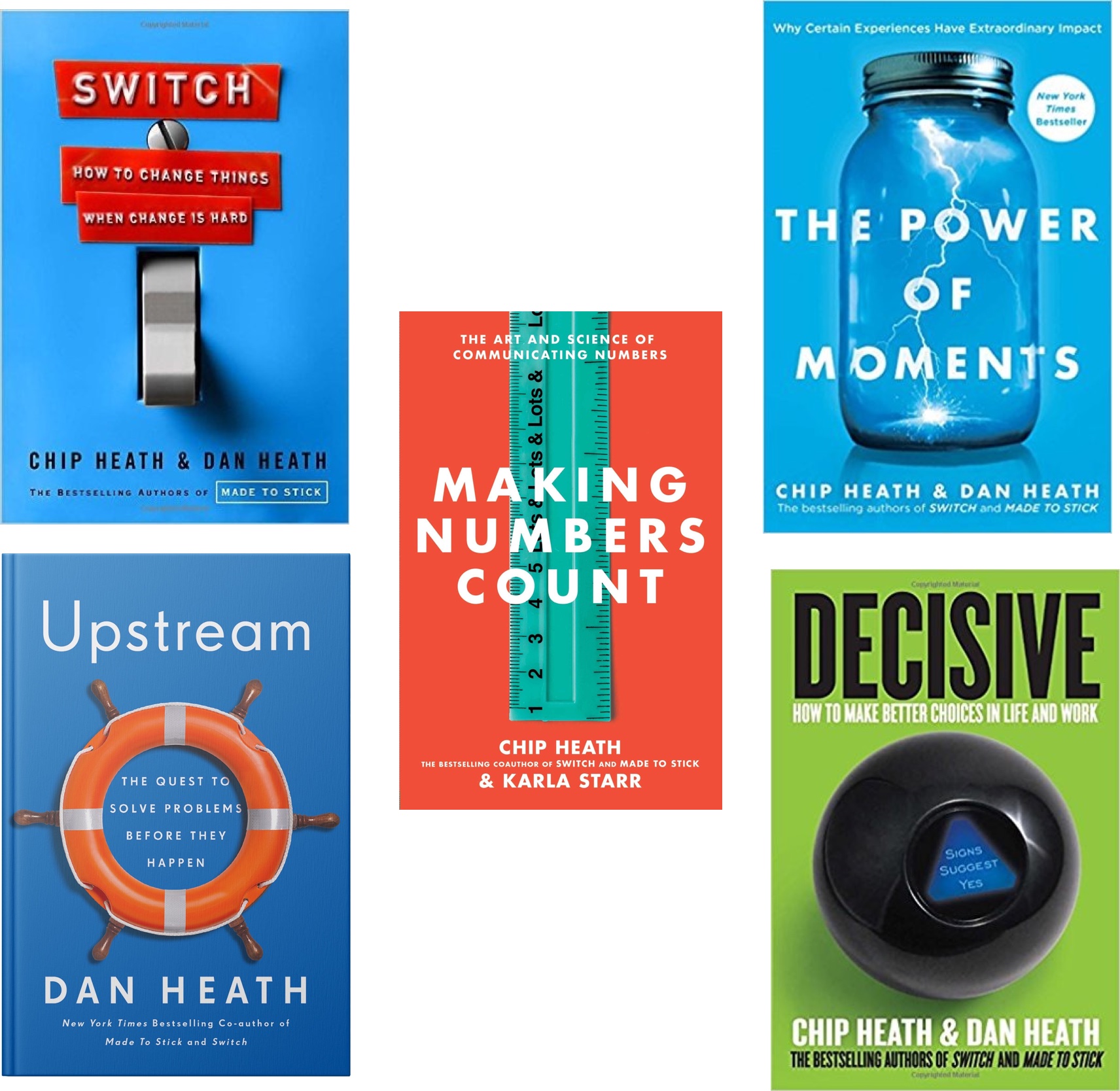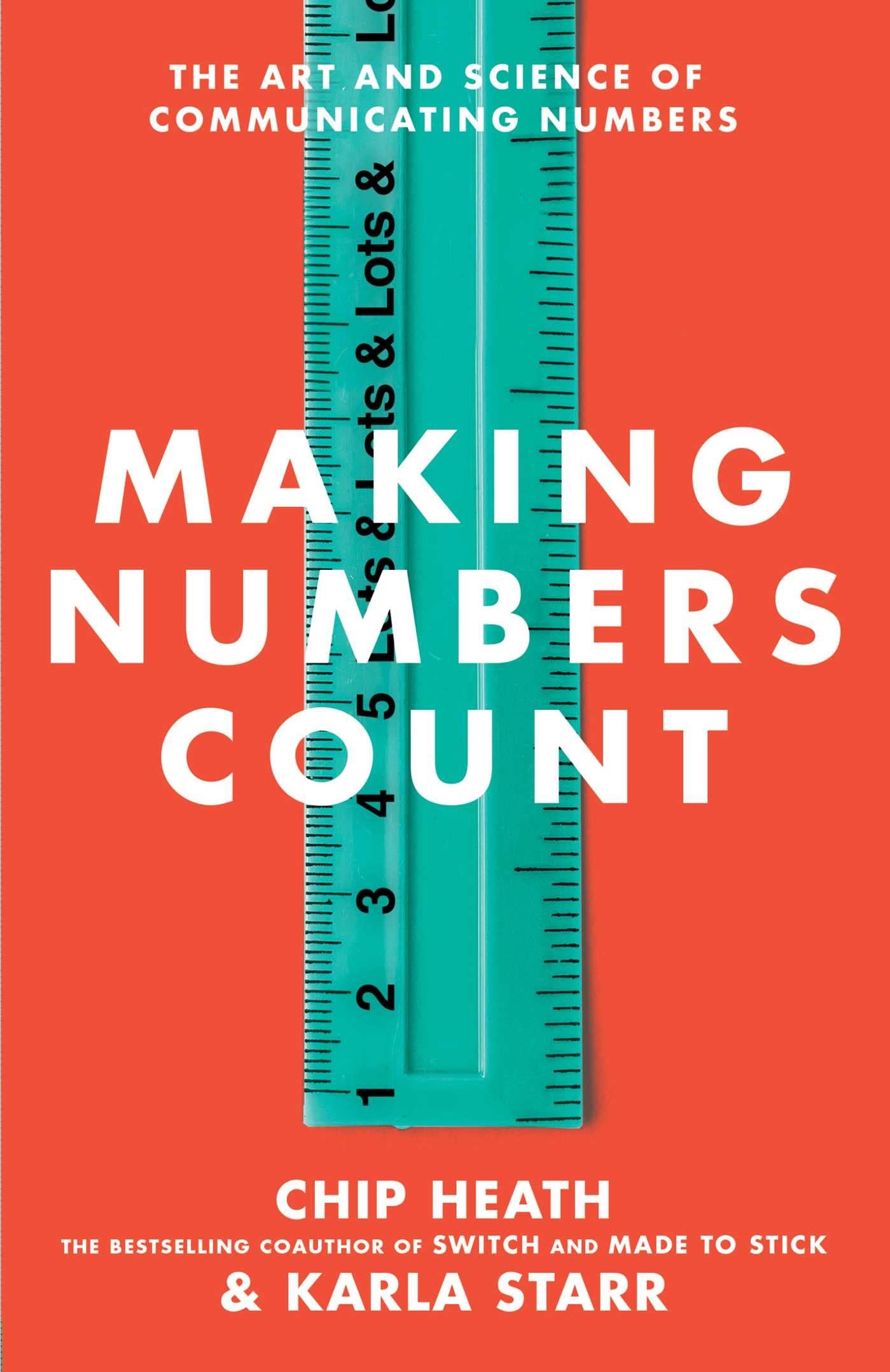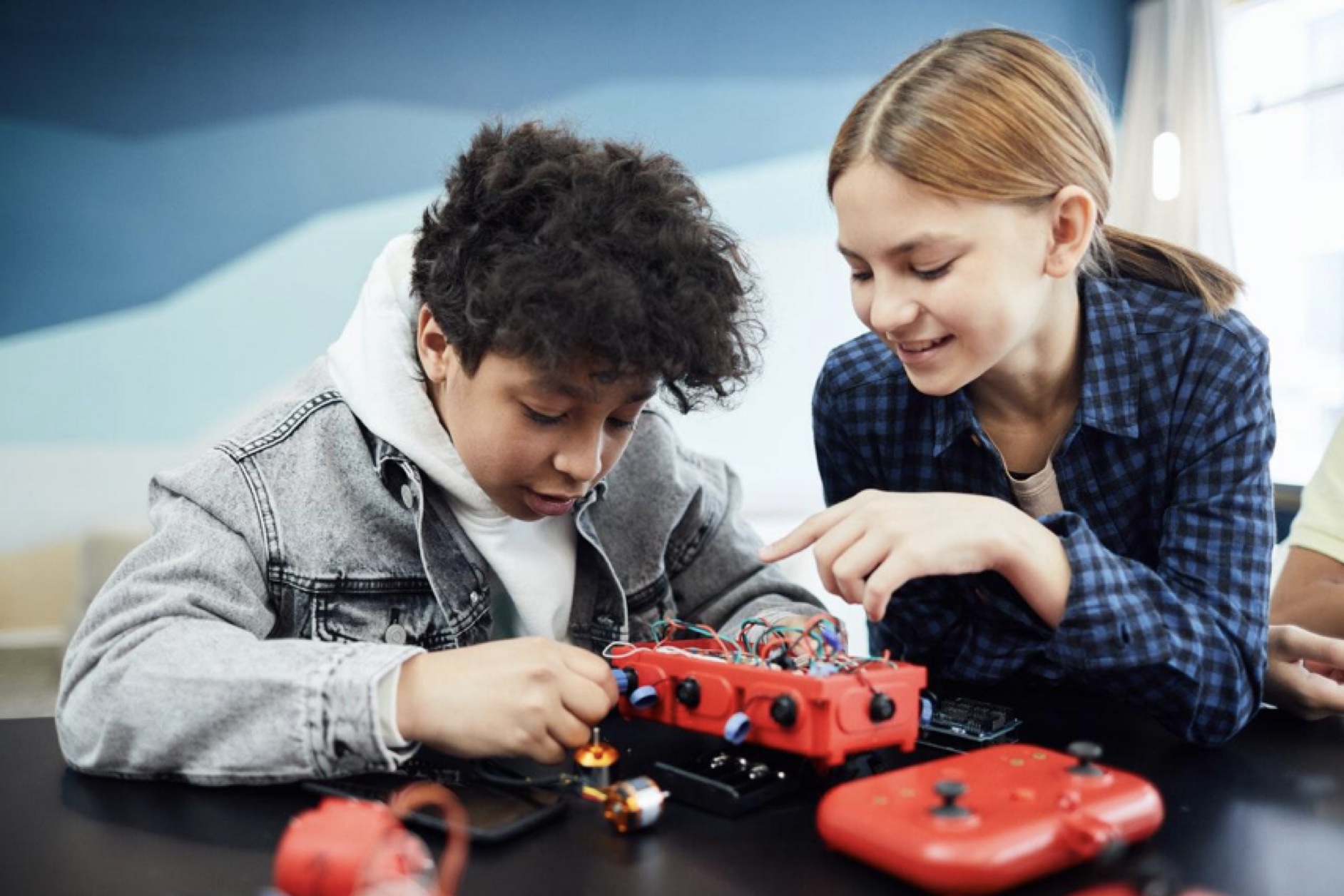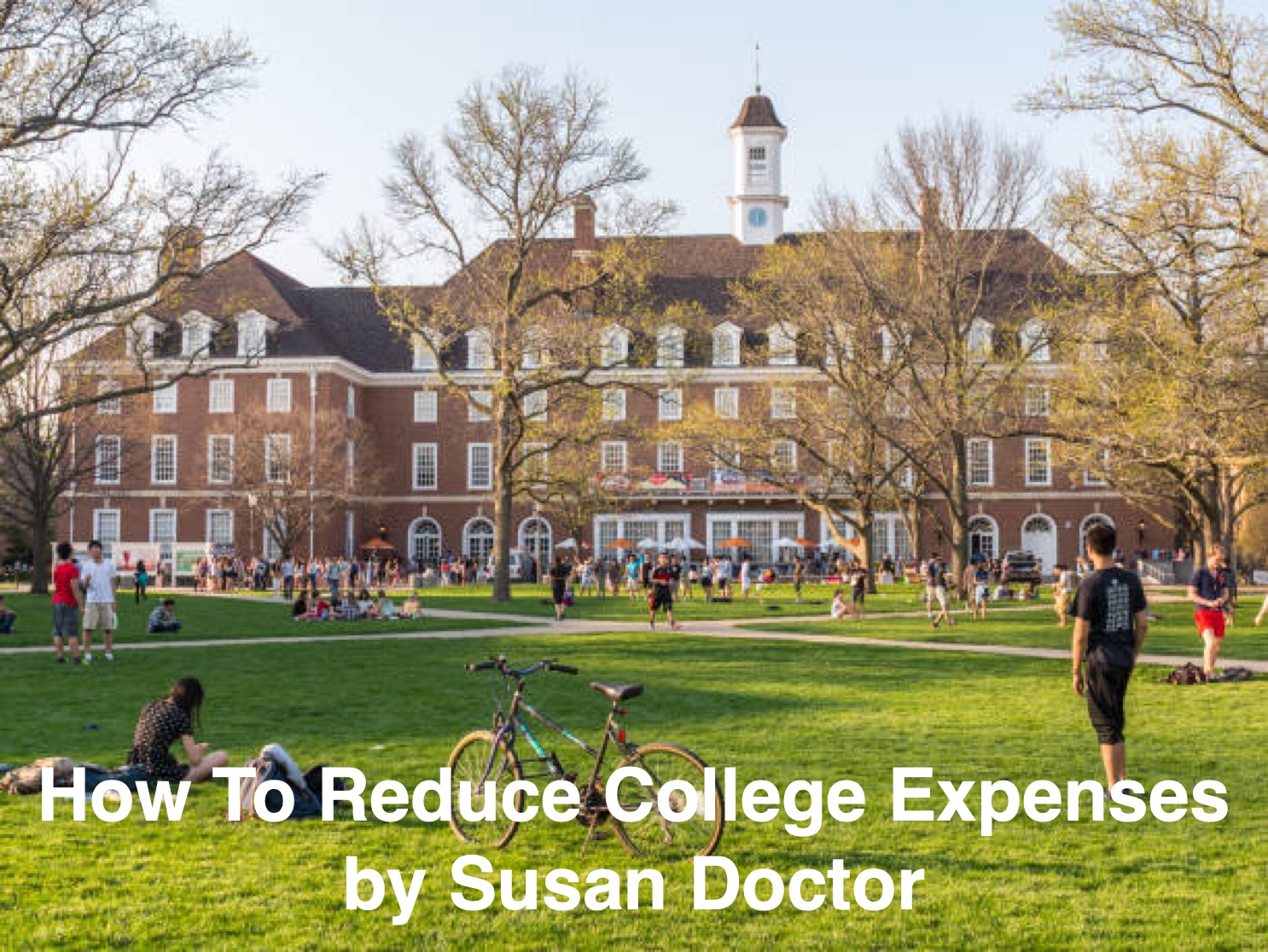
Yesterday (3/15/2022) I posted my summary of Making Numbers Count: The Art and Science of Communicating Numbers by Chip Heath and Karla Starr. Looking back in my book summary archives, which contains over 200 summaries of nonfiction books, I find that this is the fifth book Chip Heath has coauthored that I have summarized. The other four are by Chip Heath and his brother Dan. They all offer great advice for any educator, parent, or anyone who wants to have a more productive and happy life. Below you will find links to all of the summaries. Enjoy.
Reset: How to Change What’s Not Working by Dan Heath – shows how you identify leverage points that can improve any organization. He encourages you to look for bright spots, reallocate your resources, start with a burst, recycle waste, tap motivation, and let people be more autonomous. These principles apply to any organization so school leaders should take note and get a copy.
Making Numbers Count: The Art and Science of Communicating Numbers by Chip Heath & Karla Starr gives specific advice on how to frame numbers in a manner that your audience and make sense of and remember them long after hearing a presentation or reading an article. If you find that you have to use numbers to persuade people, read this book and share it with your kids and coworkers.
The Power of Moments: Why Certain Experiences Have Extraordinary Impact by Chip and Dan Heath makes the case that we all experience moments that make a huge difference in our lives and that there are things we can do to make them happen. You need to be aware of moments in your life and look for ways to make them happen again for yourself and those you serve. This is a must-read for any leader.
Switch: How to Change Things When Change is Hard by Chip and Dan Heath deals this one of the most important topics faced by any leader and everyone else. They believe that the primary obstacle comes from conflict built into our brains. They explore this conflict between our rational brain and our emotional brain that compete for control. This book will help your two minds work together. It draws on decades of research from multiple fields to shed new light on how you can affect transformative change. Discover the pattern they have found and use it to your advantage. Click below to purchase this important book.
Upstream: How to Solve Problems Before They Happen by Dan Heath deals with the notion of preventing problems before they happen rather than being stuck with constantly fixing things after they break. He discusses barriers to Upstream thinking and offers questions Upstream leaders need to address. Whether you are a leader in your organization or just an ordinary individual trying to reduce stress and live a happier life, this book is a must.
Decisive: How to Make Better Choices in Life and Work by Chip & Dan Heath shares research and cool stories that show how our decisions are disrupted by an array of biases and irrationalities. They go on to introduce a four-step process designed to counteract these problems. Their fresh strategies and practical tools will enable you to make better choices at work and beyond. If you want to increase your chances of making the right decision at the right moment, this book is for you. Click the icon at the bottom of any page to buy this important book for yourself and your key colleagues.









